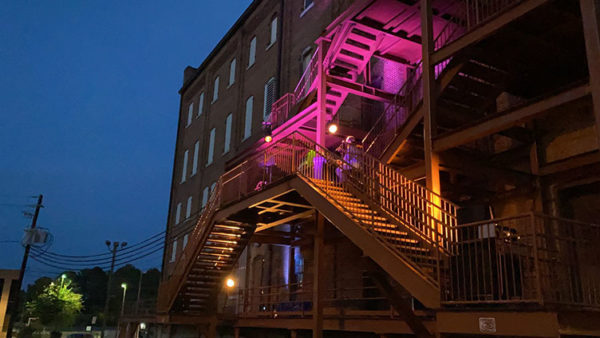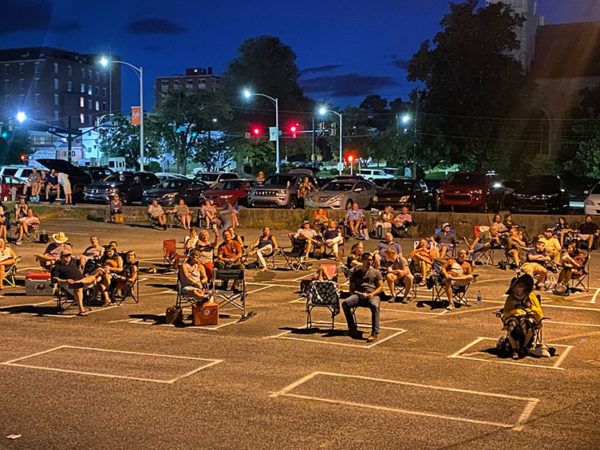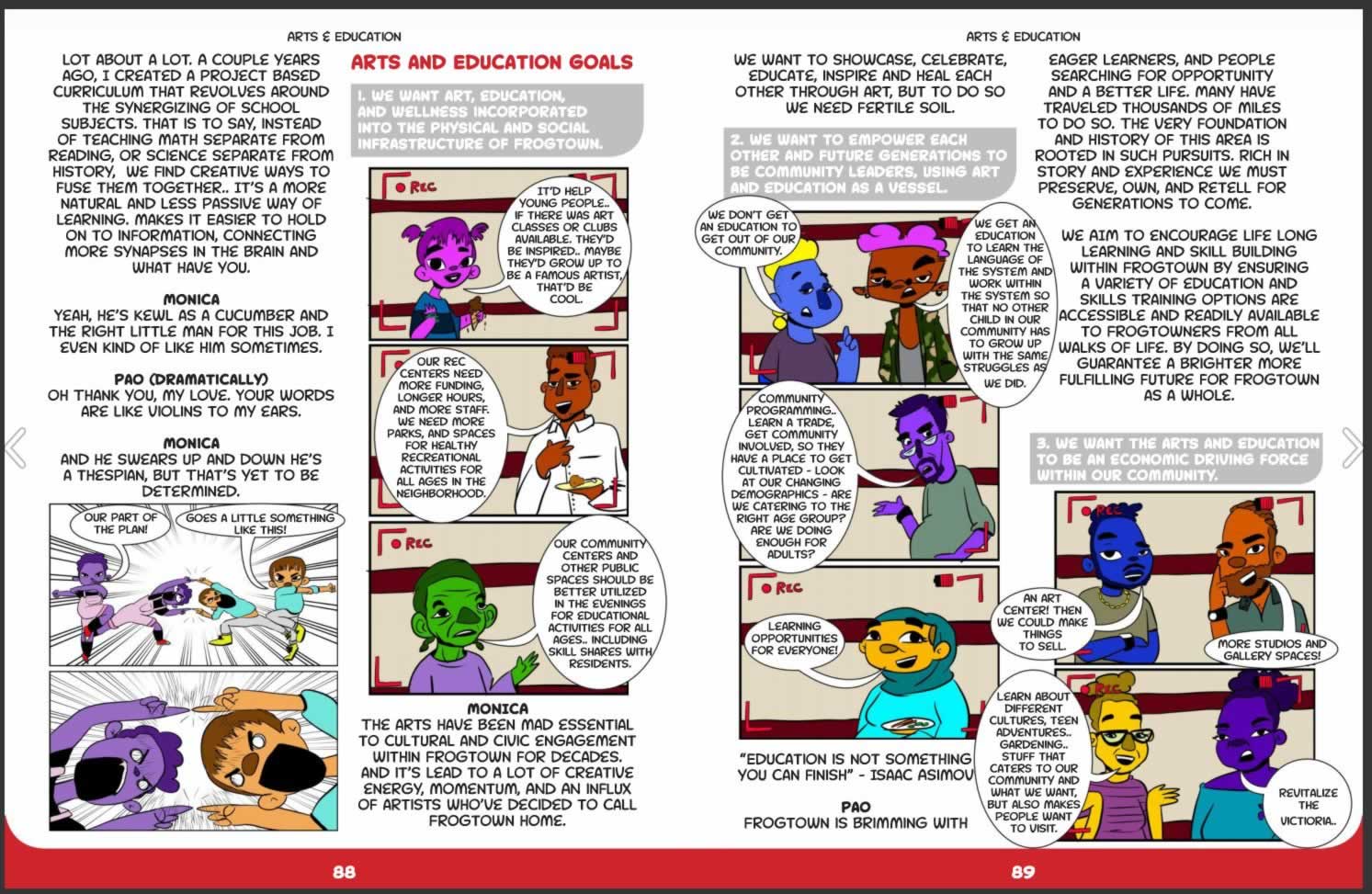Another interesting research piece that Bill Byrnes included Management and the Arts was related to burn out in non-profit organizations. A brief excerpt recounting the efforts the behavioral design firm ideas42 embarked on in 2018 appeared on Behavioral Scientist website in September 2024.
What the ideas42 team found was that staffs were engaging in a lot of performative work activity. They would address tasks that were easy to tick off lists or engage in work that made them look busy. The result was that by the end of the day, they were just starting to address the big project they were supposed to be working on.
There is probably a lot in the article that reads like an argument for allowing work at home. Among the things that were slowing people down were calls, emails, and people just dropping by to chat. It took workers an average of 23 minutes, 15 seconds to reset and refocus on their work after being interrupted. Another issue was getting called into meeting that weren’t necessary.
Among the factors contributing to performative working was the mistaken impression that co-workers and supervisors were working as much, if not more, than themselves and they needed to keep up. In fact, others may have been taking lengthy breaks from work and were checking in hours later.
At work, all people see are others working. When they see late-night emails or texts, they often assume that their coworker or boss has been working all day and night without interruption, when in fact they might have been walking the dog or having dinner with their families. That life outside work doesn’t register because they don’t see it. (Often people don’t want to share their lives outside work with coworkers and bosses to preserve the busyness myth that they’re always working.)
The folks from ideas42 worked up a number of initiatives to shift the work culture of the organization. One of the things they found was that the interventions that worked least were focused on solving work-life balance issues for an individual whereas the ones that worked best were focused on solving the issues for the whole organization. Essentially, the work-life balance doesn’t get better for the individual if they perceive they are out of synch with the overall behavior of the whole.
Among the things they implemented were having supervisors model they behavior they wanted for the whole organization: visibly going to lunch, taking vacation time, talking about the time they are spending with family and friends. Eliminate the late night emails and texts. Similarly, the number of meetings and those needed to attend the meetings should be reduced.
People should be encouraged to schedule more slack time in their weeks to allow for the fact that tasks will take longer than expected. That way you don’t feel like you are behind because there is unscheduled time in which to make progress. Along the same lines, people were encouraged to schedule vacation months in advance when the future calendar is not cluttered with projects and meetings. Those scheduling time off a couple weeks in advance often try to do so around things already populating their calendars and will either take less time off or feel anxious about doing so and work from their vacation.
Along those lines one of the most interesting intervention ideas mentioned in the article was “vacation roulette.” Everyone that hadn’t taken vacation in a 90 day period would get a note copied to their supervisor listing their vacation balance and encouraging them to take time off.
They then sent them an invitation to take a random Monday or Friday off and signed the note, “From your vacation fairy godmother.” Often, the managers would encourage workers to take a break.
[…]
….during the “vacation roulette” intervention—where managers were copied on an email encouraging employees with high vacation balances to take a day off—participating organizations saw a boost in days off for over 20 employees, and the highest rate of vacation taking for India-based employees in 5 years.













Santa Cruz Shakespeare has several tiers of benefits for donors/members. Some, like season-announcement parties, are open to several tiers. Some,…